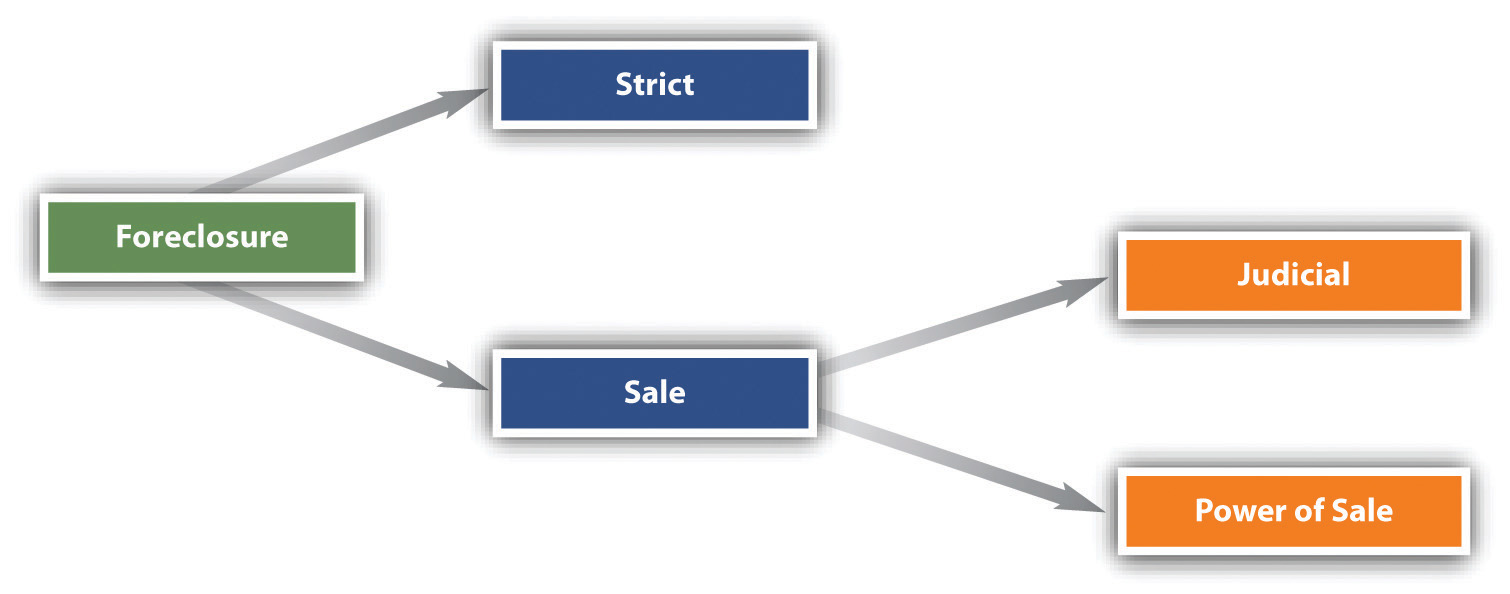
Foreclosures is a situation in which a homeowner is unable to make full principal and interest payments on his/her mortgage, which allows the lender to seize the property, evict the homeowner and sell the home, as specified in the mortgage deal. One month after the homeowner misses a mortgage payment, he/she is in default and will be notified by the lender. Three to six a few months after the homeowner misses a mortgage payment, assuming the mortgage is still delinquent, and the homeowner has not composed the missed payments within a specified grace period, the lender will start to foreclose. The farther behind the borrower falls, the more difficult it becomes to catch up since lenders add fees for payments that are 10-15 days overdue.
Each state has their own foreclosure laws covering the notices the lender must post publicly and/or with the homeowner, the homeowner's options for bringing the loan current and avoiding foreclosure, and the process for promoting the property. In twenty-two states – including Florida, Illinois, and Nyc – judicial foreclosure is the norm, meaning the lender must go through the courts to get agreement to foreclose by demonstrating the borrower is overdue.
If the foreclosure qualifies, the local sheriff online auctions the property to the greatest bidder to attempt to recoup what the bank is owed, or the bank becomes the owner and sells the property through the traditional route to recoup their loss. The entire contencioso foreclosure process, from the borrower's first, missed repayment through the lender's sale for the home, usually requires 480 to 700 times, based on the Mortgage Bankers Association of America.
The other 28 states – including Arizona, California, Georgia and Texas – mainly use non-judicial foreclosure, also called the power of sale, which is commonly faster and does not go through the courts unless the home owner sues the lender.
Another Image of Foreclosure Redeemed:
Greater Minds: Richard Feynman on the value of doubt Cockburn39;s

Komentar
Posting Komentar